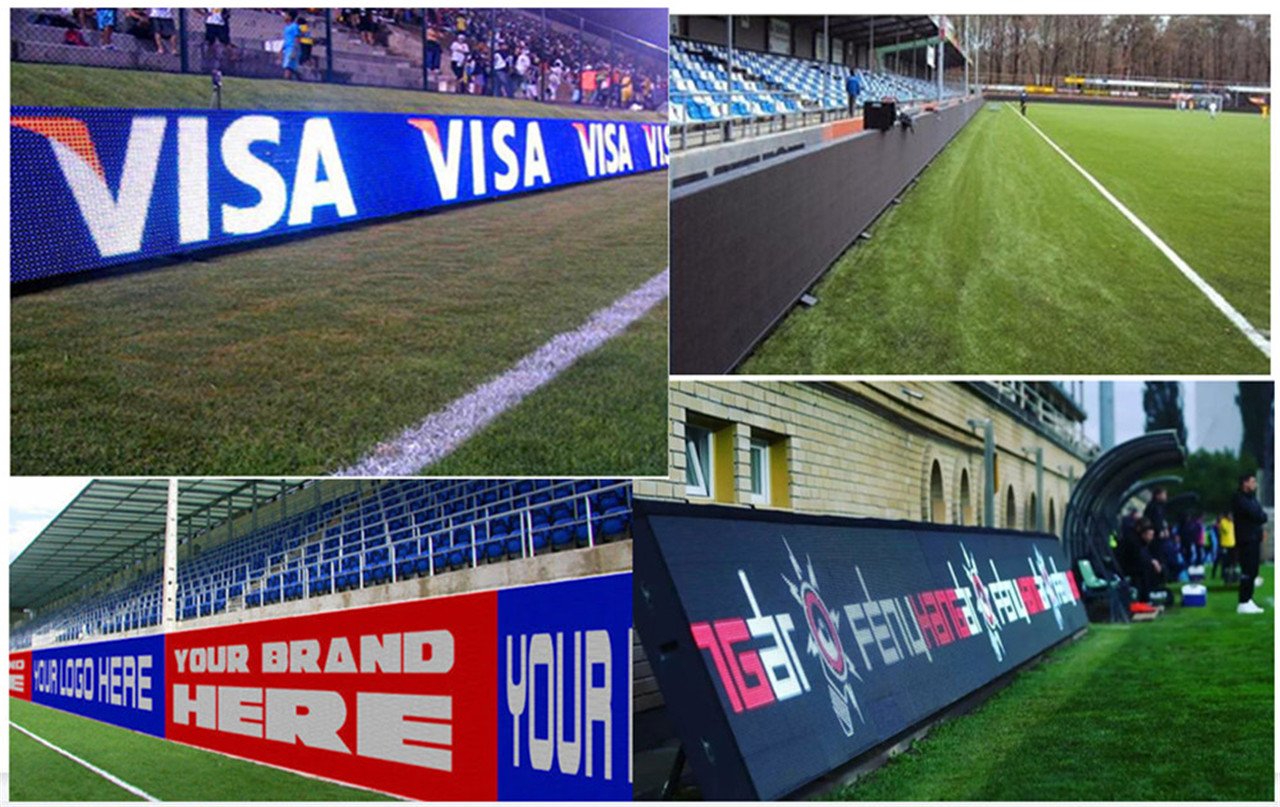Modern stadiums are no longer just about the game; they’re about the experience. From the moment fans enter the venue until the final whistle, every second counts, and the right stadium LED display plays a major role in making those moments unforgettable. Whether you’re managing a local sports facility or overseeing a major arena, choosing the right type of stadium LED screen is a key decision.
But with so many display options on the market, how do you know which one is best suited for your stadium? In this blog, we’ll break down the different types of LED displays, the factors to consider, and how to select the ideal solution for your venue.
Why LED Displays Matter in Stadiums
Stadium LED screens are more than just large panels showing the score. They create energy, increase engagement, boost advertising revenue, and improve crowd management. From high-definition replays to sponsor messages and real-time updates, LED technology ensures spectators remain informed and entertained.
As fan expectations evolve, stadiums must deliver top-tier visuals to keep the audience engaged, and LED displays do exactly that with brightness, clarity, and durability.
Main Types of Stadium LED Displays
Choosing the right stadium LED display begins with understanding the different types and where they’re best used. Here’s a breakdown of the most common types:
1. Perimeter LED Displays
These are long, narrow LED boards installed around the field, typically used for advertising. Brands love them because they offer continuous exposure throughout the match. These displays must be impact-resistant and have adjustable brightness to suit day or night games.
Best for: Advertisement zones around soccer, cricket, and football fields.
Key features:
- High refresh rate for seamless motion display
- Wide viewing angle
- Strong protective covering against ball impact
2. Scoreboards and Giant Video Walls
These are the central focus of many stadiums, mounted high up to display real-time scores, countdowns, stats, and even instant replays. They offer a dynamic way to present game highlights and engage the crowd during breaks.
Best for: Central stadium display or end-zone installations.
Key features:
- Ultra-high resolution
- Brightness adjustment for varying light conditions
- Modular design for scalability
3. Ribbon LED Boards
Ribbon boards are thin LED strips that run along the edge of the stadium tiers. They offer a continuous stream of information and are ideal for both branding and game updates.
Best for: Enhancing mid-tier engagement and advertising.
Key features:
- Seamless splicing
- Lightweight structure
- Custom content scheduling
4. Mobile LED Screens
For temporary events or flexible viewing needs, mobile LED displays mounted on vehicles or trailers can be moved around the stadium. They’re ideal for fan zones, tailgate areas, or overflow audiences outside the main arena.
Best for: Versatile and temporary usage during events.
Key features:
- Easy transport and setup
- Outdoor durability
- Live streaming capability
5. Entrance and Wayfinding LED Displays
These displays are used at entrances and around concourses for directions, promotional content, and public messages. They help manage crowds efficiently while promoting sponsor messages.
Best for: Entry points and high-footfall areas.
Key features:
- Dynamic content updates
- Weather-resistant build
- Integration with live feeds and alerts
Key Factors to Consider Before Choosing a Stadium LED Screen
Before you invest in a stadium LED screen, consider these essential factors:
• Viewing Distance & Pixel Pitch
The larger the distance between the display and the viewers, the higher the pixel pitch can be. For giant displays, pixel pitch around P10 or higher may be sufficient. For closer viewing, a lower pitch like P4 or P6 delivers better clarity.
• Brightness & Weather Resistance
Outdoor stadiums require displays with high brightness (over 5000 nits) to combat sunlight. Make sure the LED screens are waterproof (IP65 or higher) and built to withstand dust, wind, and rain.
• Durability & Maintenance
Choose displays made with robust materials and easy access for maintenance. Stadiums experience frequent usage, and reliable displays reduce downtime.
• Customization & Scalability
No two stadiums are alike. Make sure your supplier offers customizable display solutions that can grow with your venue’s future needs.
• Control System & Content Flexibility
Modern stadiums demand real-time control and easy content management. Choose systems that allow quick changes, live updates, and multi-zone control.
Making the Right Investment
Investing in the right stadium LED display isn’t just about the product; it’s about the partnership. A reliable LED manufacturer will offer not only top-quality screens but also excellent after-sales support, installation guidance, and ongoing maintenance services.
Final Thoughts
The best type of stadium LED screen for your venue depends on your goals, whether it’s enhancing fan engagement, maximizing sponsor visibility, or ensuring crowd safety. From perimeter displays to video walls, each type offers unique benefits tailored to different stadium needs.
When selecting your LED solution, prioritize clarity, durability, and flexibility. Partnering with an experienced and trusted manufacturer can make the difference between a basic screen and a next-level experience.
Cinstar LED is proud to provide industry-leading stadium LED displays that combine cutting-edge technology, unbeatable reliability, and tailored solutions for sports venues around the world. Whether you’re upgrading an existing system or starting fresh, Cinstar LED is here to power your stadium’s visual future.
